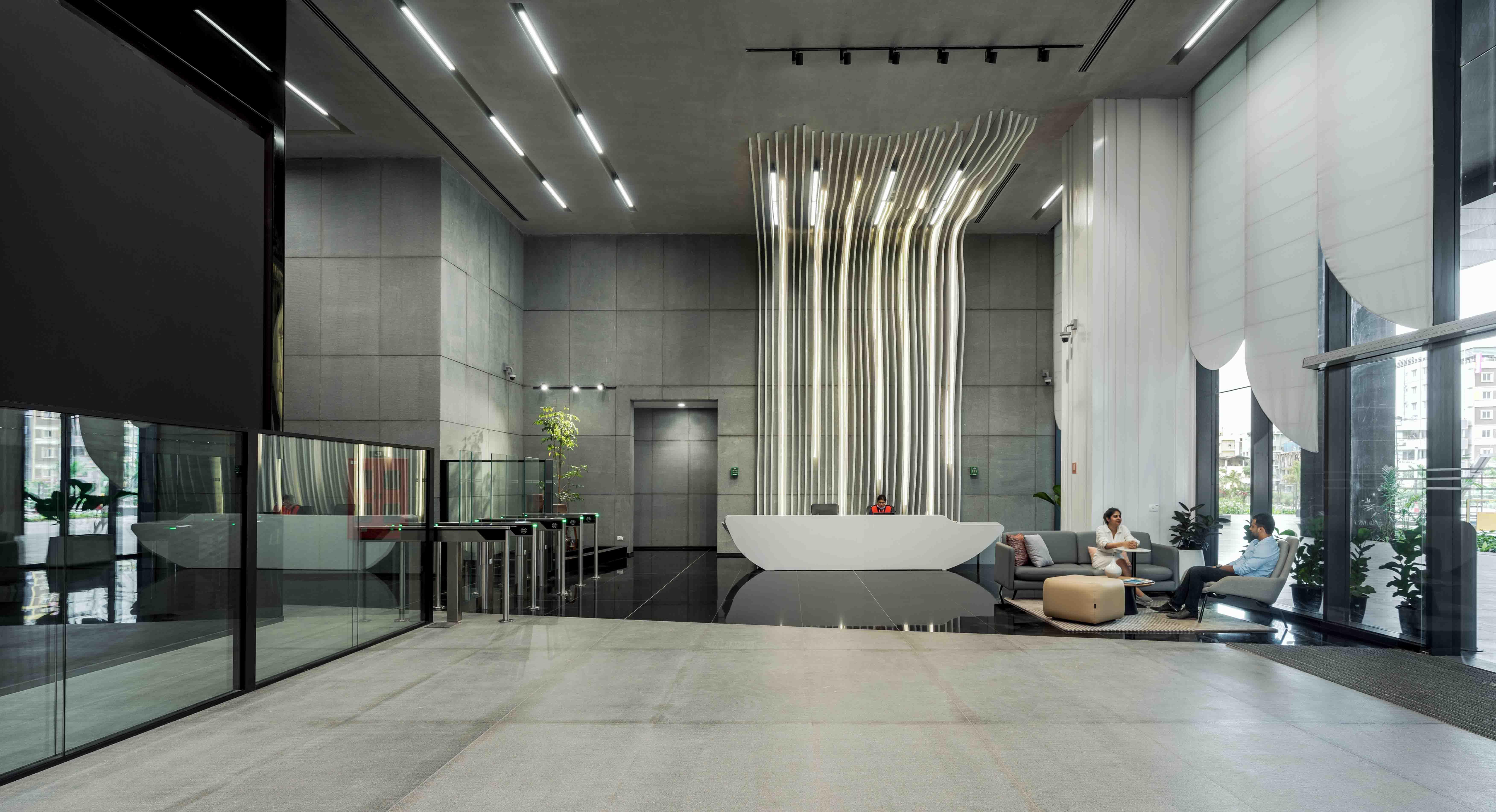Hacking Your Workplace Design for a Thriving Work Culture
In the past, office designs often prioritised aesthetics or functionality over the needs of the people who used them. This led to uninspiring environments that hindered collaboration and creativity. As the nature of economic and business environments, work and the needs of people change, there is a welcome change in how workplaces are conceived. With human-centric office design creating empowering and inspiring environments, starting with a preconceived notion of what an office should look like, organisations are now focusing on what truly matters – the needs and desires of their workforce.
But how can you translate these inspiring ideas into actionable strategies? The answer lies in strategically hacking your workplace design to cultivate a thriving work culture.
Hack #1: Design for Interaction and Collaboration
The days of isolation and siloed working are long gone. Today's workspaces need to be flexible and adaptable, encouraging interaction and fostering a sense of community. This shift is driven by several factors, including the increasingly complex nature of work, the rise of hybrid and distributed teams, and the growing importance of innovation and collaboration. By breaking down walls (both physical and metaphorical) and fostering a more connected work environment, businesses can unlock new levels of creativity, productivity, and employee engagement.
Consider incorporating open areas with comfortable furniture for informal brainstorming sessions. Create well-equipped conference rooms to accommodate different team sizes and project needs. And, don't forget about breakout areas with comfy seating and a coffee bar – these act as social hubs, providing opportunities for casual conversations and knowledge sharing.
Hack #2: Cater to Diverse Work Styles
One size doesn't fit all, especially in today's work landscape. It’s important to recognise that different individuals have different work styles and preferences in the workplace.
Think about incorporating a variety of work settings within your office. Include quiet nooks for focused work. Balance these quiet nooks with open collaborative areas for brainstorming and teamwork.
By offering this diversity of space, you empower employees to choose the environment that best suits their needs and maximises their productivity. This approach not only creates a culture of inclusion but also benefits the organisation’s long-term goals for success.
Hack #3: Prioritise Choice And Freedom
Modern organisations are recognising and acting upon the need to allow employees to express themselves as individuals in a work environment. They are moving beyond generic office design concepts and incorporating design elements that reflect the company’s culture and brand identity.
Consider creating designated areas where employees can be in control of how and where work happens. This fosters a sense of ownership and belonging, making employees feel valued and comfortable in their work environment.
Hack #3: Promote Wellbeing
A thriving work culture puts employee health and well-being above everything else. Therefore, Integrating design elements that encourage healthy habits and reduce stress is crucial to the modern workplace.
Introduce natural light with skylights or large windows, incorporate biophilic design elements like plants and natural materials, offer access to healthy snacks and beverages in break rooms or communal areas, and consider designated relaxation areas with comfortable seating and soft lighting for moments of rejuvenation. By implementing such design elements, you send a clear message to your employees: their well-being matters. This focus on care fosters a positive work environment, ultimately leading to a happier, healthier, and more productive workforce.
Ready to Deep Dive?
These are just a starting point for hacking your workplace design. For a more comprehensive exploration of human-centric design principles and their impact on work culture, Watch The Full Episode of CBS News ‘A Moment With’, with Arsh Chaudhry, CEO of Space Matrix. Discover valuable insights on designing office spaces that empower employees, prioritise sustainability, and ultimately contribute to a thriving work culture.





